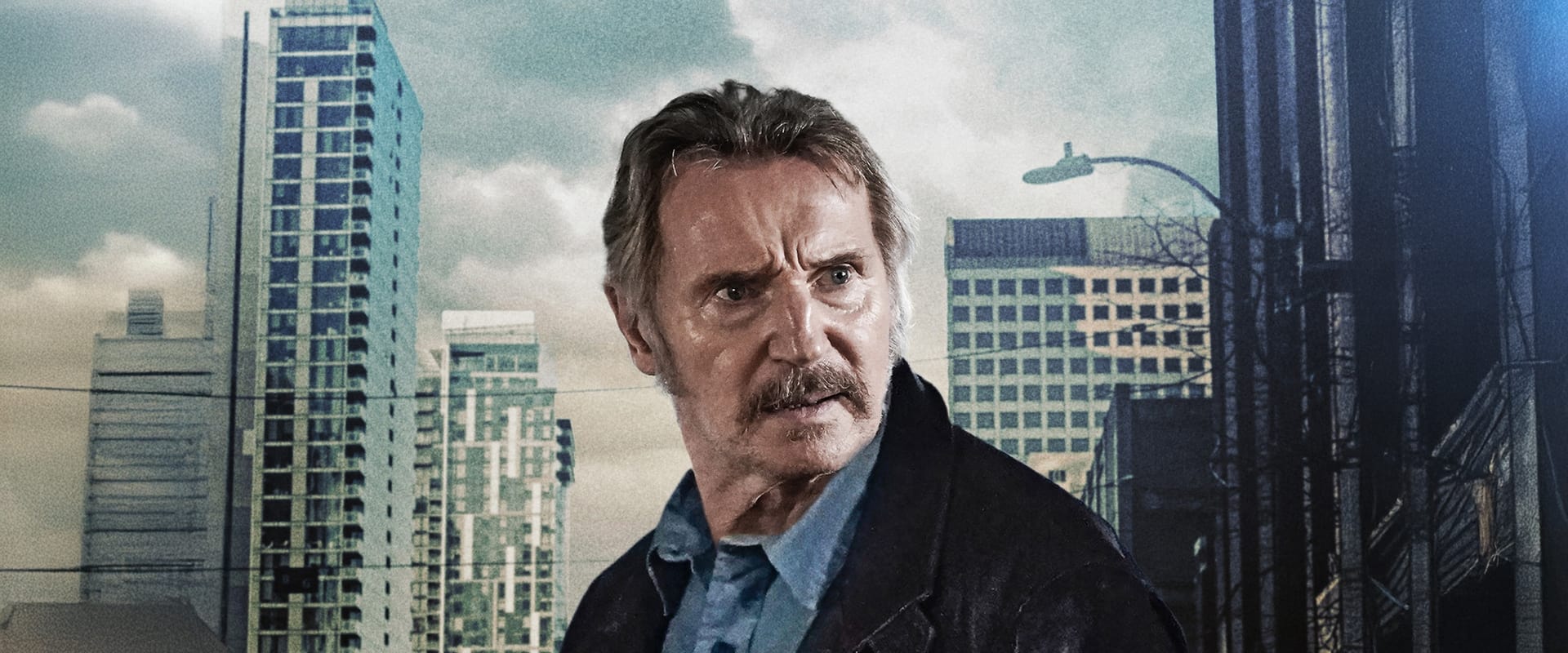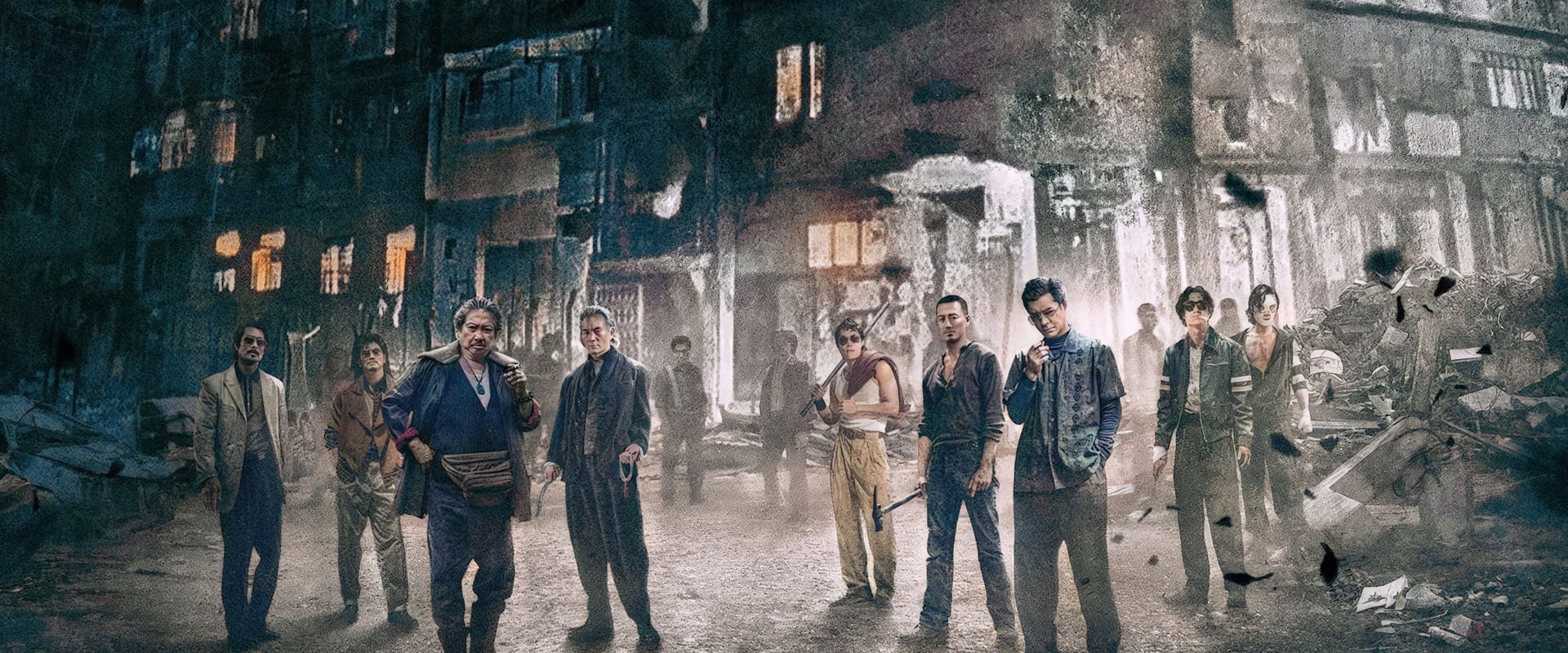Let’s not beat around the casket: “Absolution,” Hans Petter Moland’s all-American exercise in adrift action-thriller posturing, is a movie that feels as if it started forgetting itself somewhere around the opening credits and never found its way home. If movies could check their pockets and realize they’d left the keys in the wrong genre, here’s a film that would be stuck on the curb, repeating “Where did I park?” to a passing parade of indifference.
The premise—aging mob enforcer (played, or rather, endured, by Liam Neeson), terminal illness, last shot at family, peripheral gangland doings—should be a fastball right down the Neeson alley. We’ve seen him extract pathos from tired tropes and wring some charisma from roles that would send lesser actors into early retirement. Here, though, he’s not merely running on fumes; he’s sleepwalking through garage exhaust.
Let’s talk aspiration versus execution. The set-up makes all the right noises: an underworld crossing, the specter of mortality (CTE, for those keeping medical track), a fraught journey back toward his estranged daughter and grandson, and—somewhere off the edge of the menu—a crucible of gangster comeuppance. But Moland, or perhaps the studio’s own collective short-term memory loss, delivers instead a narrative composed of loose scatterings of idea, strung together with all the passion of a government-mandated public service video on the dangers of cholesterol.
Every scene promises an emotional reckoning, and every scene backs away, arms folded, muttering awkwardly. Neeson’s “Thug” is less a tragic figure than a placeholder; the script keeps him hunched inward, adrift between flashbulb regrets and half-mumbled vows, a character whose interiority is declared, never lived. The threats from “the criminal underworld"? Teased, then tidied off to commercial break. Moland and writer Tony Gayton chase family drama, redemption arc, revenge fable—a Vegas buffet of bad ideas—yet their storytelling is so lazy it might as well take a siesta. The plot lurches from one slack vignette to the next, a structureless sprawl that manages to feel both overstuffed and desperately starved for real consequence.
Neeson, bless his battered dignity, radiates the longing for something—anything—to play. Here, charisma curdles into fatigue. He’s given little more than a handful of monotone lines and is stalked by a brand of paternal regret so generic you wish the script at least let him lean into the nightmare. Instead, you watch as he slouches through the movie’s equivalent of a hospice ward for washed-up antiheroes. There’s no arc, no renewal, not even an iron fist to shake at fate. He simply wanders, haunted not by memory, but by the sense that he, too, knows this part isn’t going to save him.
The supporting cast—Frankie Shaw’s “Daisy,” Daniel Diemer’s blank-canvas “Kyle”—exist mostly as names on an IMDb chart. Roles waft in and out, offering as much depth as a sheet of printer paper. I kept hoping for a note of chemistry, one flickering spark. Instead, the ensemble conjures a kind of purgatory for wasted talent: carousel horses, moving in gently anesthetized circles.
Only one true pulse: Javier Molina, delivering “sureno style!” in a moment that actually has some bite—a quick flicker of life in a mortuary parlor.
Moland’s visual sensibility is so thoroughly generic, you wonder if the real villain is an over-waxed lens cap. Where’s the threat, the noir electricity, the urban labyrinth? Instead, the camera shuffles along—none of the flair, all of the torpor. Scenes are listless, action is more slurry than sleek, and no heartbeat of danger ever quickens. You may find yourself, as I did, yearning for at least a gauche attempt at style—some neon splash, a nervous jump cut, even a one-handed tracking shot—anything to break the spell of terminal blandness.
Action, when it comes, is frenetic to the point of allergy. Set design and effects? Would anyone notice if none had bothered to show up? The cinematography, which ought to feed the genre’s taste for grit, lands somewhere between a dim-lit tchotchke store and a stack of HDR stock footage. Even the music recedes inside the wallpaper—if the sound team announced a strike halfway through, the editor didn’t notice.
Dialogue leans toward the sort of dead language that belongs in museum vitrines: lines written to fill the moments, not ignite them. Conversations skip awkwardly—awkward here not as character study, but as if the cast was each attending the rehearsal for a different movie. When the big moments call for heat—confrontation, confession, the click of a pistol at midnight—they show up with the tragic pallor of a tired day-shift nurse.
Sound design: more absent than subtle, the score flickers now and then, but at such low voltage that you start to wonder if you’re simply hearing the film projector’s own creaking sighs. No pulse-raising themes, no sonic architecture, not even a cheap trick to remind us that things are, in theory, supposed to be tense. The muteness becomes a metaphor for the entire film: a journey toward silence.
The sell was redemption, the reality is narrative obsolescence. “Absolution” is so intent on layering meaning—memory, family, the inescapability of violence and age—that it forgets to build any. Each would-be profound moment withers into platitude. The film hurls all its existential dilemmas into the lost baggage of cliché; catharsis, that old reliable, never boards the plane.
You expect at least a tragic grip—a sense that the criminal life and the dwindling clock are, together, some elemental battle. Instead, Neeson and company are left searching for the emotional infrastructure that isn’t there. We are asked to root for a ghost.
If you’re searching for absolution, don’t look to this film—what you’ll get is cinematic penance. Here is a movie that promises to grapple with the big questions but delivers only repetitions of last year’s mistakes, and the year before that, and so on back into the genre’s amnesiac dusk. Liam Neeson, who once made even trash shimmer with anguish, is left to tread water with the weight of a script that gives him nothing to rescue, and a director who seems afraid to even throw out a raft.
“Absolution” isn’t just disappointing. It’s the kind of movie that forgets to be about anything, until we in the audience are tempted to join in: flush it from memory, move on, and keep hoping that next time, someone aiming to redeem a gangster’s soul will remember to give the film one of its own.
At the end, I didn’t just walk out shaking my head; I walked out trying to shake off the haze. Not with a bang, not even a whimper—just an exhaled, exasperated “Why’d I bother?”


